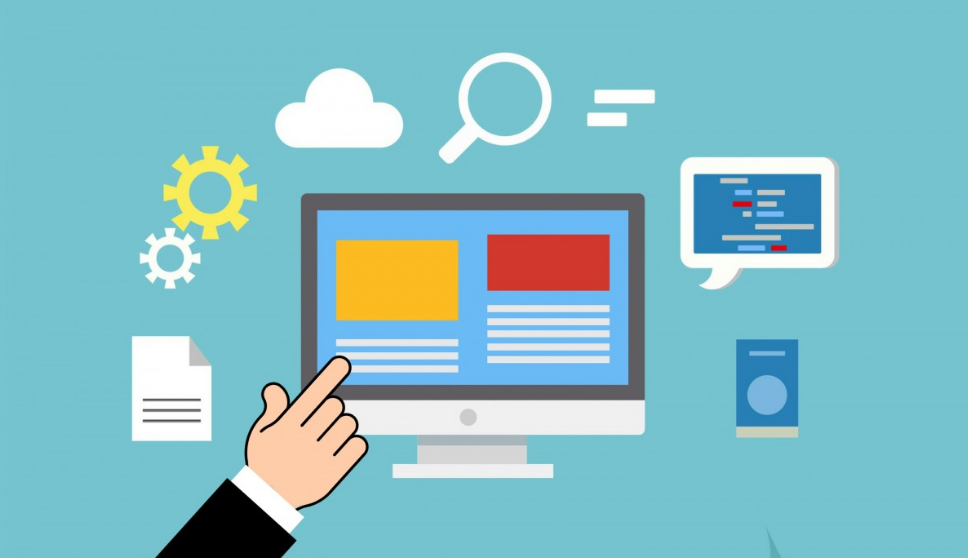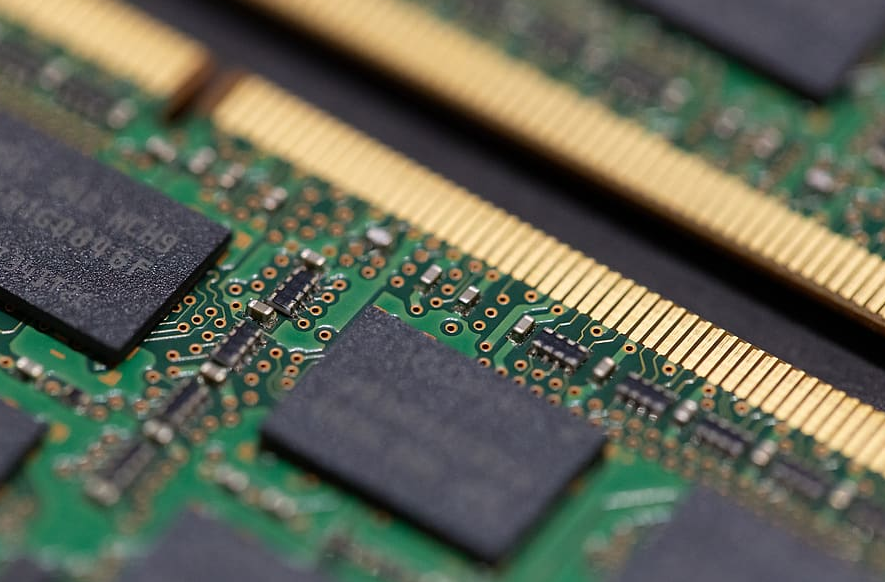.
WHAT’S SAAS?
Over the last five years, there has been a shift in technology, with many companies embracing SaaS (Software as a Service), hoping to save lots of money and efficiently manage their resources. However, many people are not aware of how this model operates and whether it can have a positive impact on their business. There is also doubt as to whether this model is better as compared to the traditional approaches (on-premise solutions) that have been in use for a considerable time. Thus, it is best to get down to the most critical aspects of this model to put you in a position where you can make an informed decision.

What is it?
This mode of delivery is quite different from the conventional approach in that you do not have to part with tons of cash to invest in hardware which can support the software and you can thus divert the money to other uses. Also, since the maintenance work falls under the third-party provider, you can do away with most of the troubleshooting and installation activities which would have been up to you in the traditional system. Another way in which this model differs from the conventional solutions is that in the latter, you pay a sum of money to get the license to the program. Additionally, you are subject to a given percentage each year, which goes to maintaining and supporting the software. With an off-site model, you can pay for the service monthly or annually, which allows you to pay for the support, maintenance, and license fees over a long period. It is thus ideal for companies looking to reduce their costs as well as businesses which lack the required acquisition costs.
Suitability
Many people struggle with whether they should use SaaS or go for traditional solutions. The best way to make this decision would be by considering the kind of business that you have in mind, as they all differ regarding complexity. Where you run a small to medium business where the processes are pretty simple, and you wish to reduce the money spent on upfront costs, using off-site options would be a great deal. For large companies, you may have to go for the conventional solutions as SaaS is yet to develop to the point of handling complex operations as it lacks the robust functionality that is typical of traditional approaches.
However, this gap will soon be a thing of the past as SaaS is fast gaining the functionality which many people seek in on-premise solutions. It all comes down to knowing what your firm needs and whether the model can deliver the desired satisfaction.

History
Shared resources is not a new concept as the idea dates back to the 60s when cloud computing became a thing. It took a while for SaaS to come into the picture as the technology required to support its functionality took some time to figure out and it came about towards the end of the 90s. Upon the introduction of this model, some companies were quick to offer solutions such as customer management through it. Though it was a great idea, it took a while before many companies came on board. On realizing that they could increase their customer reach and save money while at it, it was not long before other firms wanted in on the action, leading to the increased popularity of the model that we see today.
Customization
One of the initial challenges the model faced was the limitation in customization which put off firms that wanted some flexibility in how they could use the software. Different companies received the same solution and had a hard time fitting their business procedures in the programs. With time, it became simpler to change the systems, and with consultants coming into the market, tweaking the applications became much more manageable.
You can now change the user interface and use data fields which match your business needs, making the use of the applications easy. However, the flexibility of this model cannot compare to what you would get from an on-premise solution, as the latter offers more. But as long as you choose the right vendor, you may be a step ahead. It also helps to compare the provided applications as they also vary in flexibility.
Data Ownership
Before getting into a contract with any third-party, it is essential to look at the service level agreement, which should state that you own your data and can export and back it up at will. You should also ensure that there is a contingency plan that provides you with access to your data if the host goes out of business. If you see anything other than this on the agreement, look for another vendor.
Now that you have some background on this model, what do you think of it?
Also you can check different types of data terms - here.

Characteristics
Times have changed, and so has service provision, owing to the emergence of Software as a Service. This model also goes by the name ‘on-demand software,’ and it has increasingly become a popular alternative to the conventional approach where one would buy and install software on their machine.

ARCHITECTURE
Over the years, people have explored different ways through which they could provide software in the market. Back in the twentieth century when programming languages underwent many evolutions.
Fast forward, and it was the 90s which saw the introduction of the World Wide Web. Computing power developed at a fast rate as did network infrastructure.
